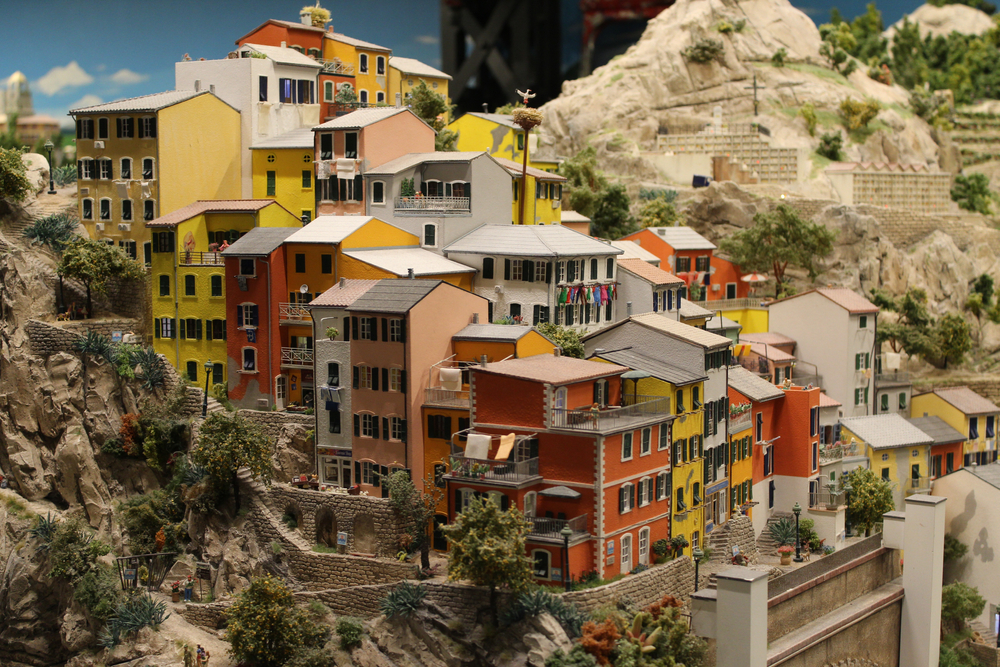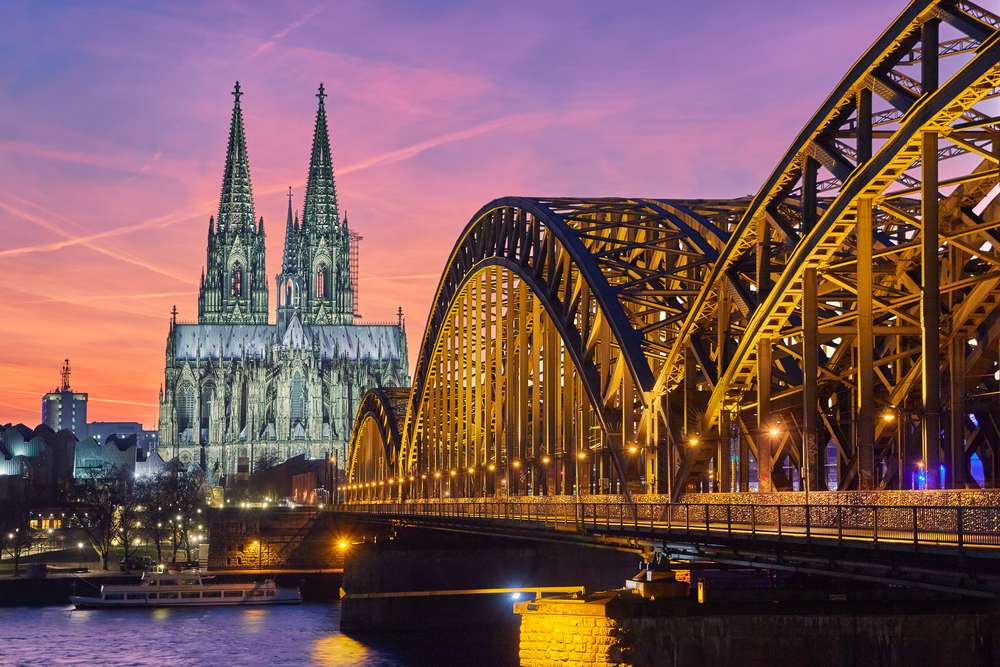When you visit Germany, breathtaking beauty, magnificent cities, enchanting palaces, and half-timbered villages await you on an exciting roller coaster ride of festivals, delights, and temptations.
They can offer perfect scenes for making better Bundesliga predictions.
History can be found in the streets planned long before Christopher Columbus set sail and the castle towering above the centuries-old settlement with window frames full of scarlet geraniums. Significant cities like Berlin, Munich, and Hamburg offer a kaleidoscope of different cultures, from steamy cabarets and seedy bars to top-notch operas and museums.
We’ve made a list for you to explore whenever you travel to Germany. You can even make Bundesliga picks during your visit to any of these places.
Brandenburg Gate

Berlin’s Brandenburg Gate is an 18th-century neoclassical structure built by order of Friedrich Wilhelm II of Prussia after the Orangists regained power after suppressing a popular uprising in the Netherlands.
Located on the Old Town Gate site, it marks the starting point of the route from Berlin to Brandenburg and der Havel, his former Brandenburg residence. He is one of Germany’s most famous tourist attractions.
West of central Berlin, just west of Pariserplatz in Mitte, at the intersection of Unter den Linden/Ebertstrasse. One block north is the Reichstag, which houses the German Bundestag. The gate is the grand entrance to Unter den Linden, a linden-lined avenue that leads directly to the royal palace of the Prussian ruler.
In the course of its existence, the Brandenburg Gate has undergone many important historical events. Today, it symbolizes the eventful history of Germany and Europe and peace and solidarity on the continent.
The Rhine

One of the top rivers in Europe is the Rhine. The river’s source lies in the southeastern Swiss Alps of the canton of Graubünden. It is part of the borders of Switzerland with Liechtenstein, Austria, and Germany.
The Rhine then forms most of the French-German border before flowing mainly north into the German Rhineland. The Rhine gradually changes to a predominantly western course in Germany, flowing into the Netherlands before emptying into the North Sea. You can use the scenery for inspiration as you look for the best Bundesliga predictions today and finally convince you to visit it.
The Berlin Wall

From 1961 to 1989, a fortified concrete wall, known as the Berlin Wall, surrounded West Berlin and separated East Berlin from East Germany. On the 13th of August in 1961, the East German government started building the Berlin Wall.
Watchtowers were built along concrete walls, and vast areas were covered with trenches, beds of nails, and other fortifications. Berlin’s metropolitan beauty, vibrant food scene, visible history, and quirky corners keep you intrigued and captivated.
German cities have matured more than 25 years after the fall of the Berlin Wall. It serves fine cuisine in a former brewery. There is an all-night party at the power station. World War II bunker houses world-class artwork.
Miniatur Wunderland

Miniatur Wunderland, German for “Miniature Wonderland”, is the world’s giant model train and airport miniature attraction. Located in Hamburg, Germany. The railway is located in the famous Speicherstadt district.
Copies of Hamburg Airport, the Harz Mountains, the Alps and Austria, Hamburg, USA, Scandinavia, and South America make up his 16,138 m (52,946 ft) track in H0 scale. This model occupies 1,545 m2 of a total floor area of 7,000 m2 (75,347 sq ft).
Over 100,000 cars, over 1,300 trains with over 10,000 wagons, 500,000 lights, 130,000 trees, and 400,000 human miniatures are all included in the show. Preparations are underway to build portions for Asia, the United Kingdom, Africa, the Netherlands, Central America, and the Caribbean.
Cologne Cathedral

Cologne in North Rhine-Westphalia has a Catholic cathedral called Cologne Cathedral. The Archbishop of Cologne resides there and also administers the Archdiocese of Cologne. In 1996, it was listed as a world heritage site. It is also a famous example of Gothic architecture and Catholicism in Germany.
It is Germany’s most famous landmark, with an average of 20,000 visitors a day. Minster is the second tallest church in Europe after Ulm Minster and the third tallest church in the world at 157 meters. It is also the tallest church with twin steeples in the world. It has the second tallest tower and is the largest Gothic church in northern Europe.
The cathedral has the most prominent façade of any church in the world, thanks to its two colossal piers supporting it. Of all medieval churches, the choir has the most significant height-to-width ratio (3.6:1).





